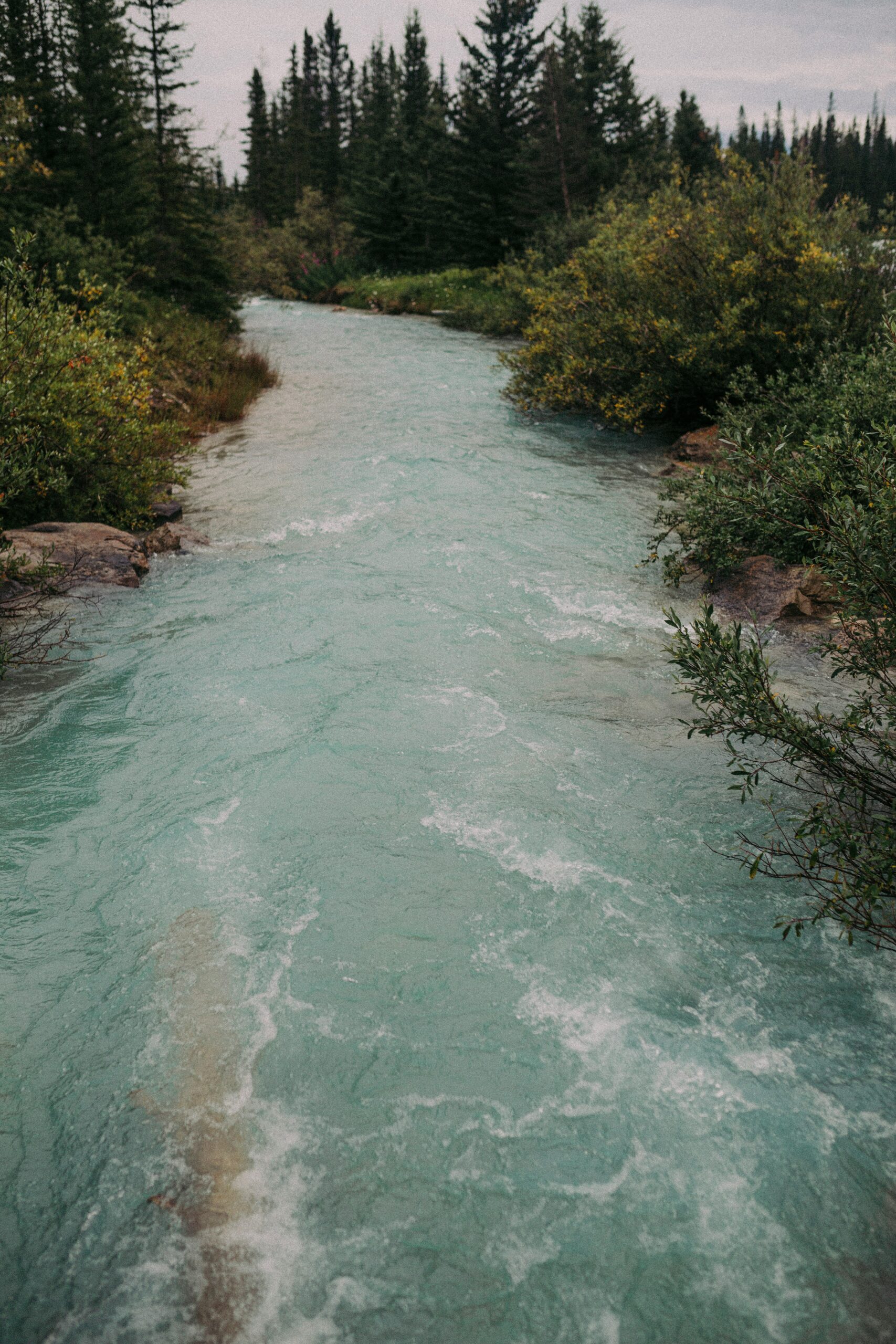
Montana is renowned for its breathtaking natural landscapes, including pristine rivers, perfect for floating adventures. Whether you are an experienced rafter or a casual adventurer, Montana’s rivers offer some of the best floating experiences in the country. Understanding the seasonal conditions is the key to making the most of your time on the water. Each season offers unique challenges and delights; knowing when to visit, what to expect, and how to prepare for your river journey is essential.
Spring Floating in Montana
Spring in Montana can be an exhilarating time to float the rivers, but it also comes with specific challenges. Snowmelt from the mountain ranges causes rivers to run high and fast, making for thrilling but potentially dangerous conditions. Spring floaters must be prepared for swift currents, cold water temperatures, and unpredictable weather.
Rivers like the Missouri and the Yellowstone are popular in the spring, but they can be especially dangerous for beginners due to intense rapids and high water levels. Monitoring river flow reports from the U.S. Geological Survey is essential to ensure that conditions suit your skill level. If you decide to float during this time, wear a wetsuit or drysuit, and bring a life jacket and other safety gear to ensure you stay warm and safe.
Summer Floating in Montana
Summer is arguably the most popular season for river floating in Montana. With warmer temperatures and lower water levels, conditions become more manageable and accessible to people of all skill levels. The rivers calm down after the spring melt, creating ideal conditions for leisurely floats, perfect for families and first-time floaters.
The warm weather makes it a great time to enjoy a relaxing day on the river, whether in a raft, kayak, or canoe. Popular rivers such as the Bitterroot and Flathead offer stunning views of the surrounding mountains, making for an unforgettable experience. Summer also brings abundant wildlife sightings, from eagles to otters. However, even during summer, staying hydrated and wearing sunscreen is essential. The sun can be intense, and the reflection of the water amplifies the heat.
Fall Floating in Montana
Fall offers a different charm for river floating in Montana. The cooler weather creates a refreshing floating experience as the summer heat starts to fade. The water levels tend to be lower, making it easier for those looking to enjoy a relaxed float to navigate, but it also means you should be more cautious of rocks and obstacles beneath the surface.
One of the most exciting features of fall floating is the changing landscape. As the trees turn golden and the hillsides become a patchwork of vibrant colors, you can enjoy spectacular views while drifting along. The temperatures can vary dramatically during this time of year, so it’s essential to dress in layers to adjust to the fluctuating conditions. The fall season also brings fewer crowds, meaning you’ll have a more peaceful, private floating experience.
Winter Floating in Montana
Winter floating in Montana is not for the faint of heart, but for adventurous and well-prepared people, it offers a unique and peaceful experience. While it’s possible to float some rivers in the winter, conditions can be extreme. The cold temperatures create icy rivers and frigid air, so winter floaters must take extra precautions.
The best rivers for winter floats are typically the ones that flow from springs and stay warmer throughout the year, such as the Madison River. Before venturing out, ensure you have the proper cold-weather gear, including a drysuit, thermal layers, gloves, and boots. Winter floating can be stunning, with snow-capped peaks and frosty surroundings providing a serene backdrop. However, the key to enjoying a winter float is understanding the weather conditions and planning accordingly, as frozen or partially frozen rivers can present serious risks.
Preparing for a Montana River Float
Regardless of the season, preparation is critical when floating Montana’s rivers. Before setting off, familiarize yourself with the river’s characteristics, including the water flow, potential rapids, and high or low water areas. Many rivers in Montana are known for their unpredictability, especially during the spring melt and fall when water levels change quickly.
Investing in high-quality equipment is a must. Renting a raft or kayak from a reputable outfitter can be an excellent way to ensure you have the right gear for the river you plan to float. Consider hiring a guide who knows the local waterways for peace of mind. Safety should always be a priority—never float alone, and always wear a life jacket. Keep an emergency kit with you, including a whistle, first aid supplies, and a flashlight.
Whether you want to experience the rush of the spring runoff or enjoy a tranquil float through the vibrant fall colors, Montana offers something special for every river enthusiast. By understanding the seasonal variations, you can prepare adequately for an unforgettable river floating experience. Be sure to check river conditions, invest in the right gear, and prioritize safety, and you’ll be well on your way to enjoying Montana’s world-class rivers year-round.